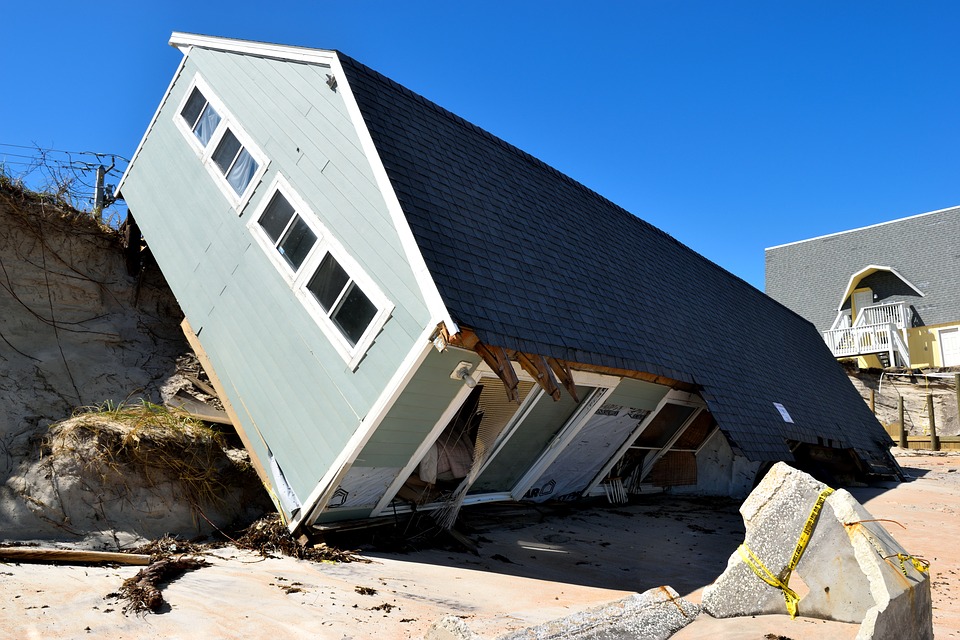 Looking at the recent storms and Lloyd’s data, I see that (re)insurers are now facing a very changed market.
Looking at the recent storms and Lloyd’s data, I see that (re)insurers are now facing a very changed market.
The combination of market opinion and modelling agencies are suggesting that global market will suffer an aggregate insured loss of between $100bn and $125bn over recent hurricane events. This compares to an unindexed insured loss of $41bn for Katrina in 2005. The losses of 2005 heralded a market change.
This estimated insured loss by the market will be a capital event for many (re)insurers. Per the above mentioned sources, the 2017 estimated incurred loss ratio for US property catastrophe reinsurers is now between 750% and 1,000%, and that of US property catastrophe retrocessional writers is 400%.
Lloyd’s has announced a net incurred loss of $4.5bn for Harvey and Irma. This is likely to increase significantly once Maria is included. I believe the recent events will certainly have material implications on the (re)insurance markets.
A $6bn combined hurricane loss for Lloyd’s will deliver a significant market loss for the 2017 year, with a possible full year combined ratio for the market c.125%. This is a significant capital event for Lloyd’s, and impacted syndicates will have to replace this capital deficit by 1.12.17 in order to “come into line” for the 2018 underwriting year. This will be very challenging for many syndicates.
This challenging Lloyd’s situation will be shared by many other (re)insurers.
There will be a material number of (re)insurer failures, and in addition to many (re)insurers will have to retract their underwriting due to capital constraints.
The 2017 losses hit a global (re)insurance market that, after many years of continuous rate reductions, was break even at best. The Lloyd’s H1 results showed an accident year combined ratio of 98.5% for the period, but this was against a very benign H1 for catastrophe losses. A normalized HI would be an accident year combined ratio in excess of 100%. The underlying 2017 market is considerably weaker than that of the underlying market in 2005 (the last “market change” year).
Back year reserve releases are running out. Lloyd’s H1 reserve releases were only £190m (2016 H1 £600m). Even before the hurricane losses the global (re)insurance market was very fragile.
Non-traditional capital (which underpins the US reinsurance/retrocession market) has been severely impacted, much of this capital has been destroyed or “trapped” under their collateral arrangements. This capital will only “reload” if modelled returns increase significantly, this will involve very material increase in rate. Furthermore there is huge divergence amongst the modelling companies regarding the quantum of loss. Such model frailties will lead to capital requiring additional margin to cope with this uncertainty.
The worldwide (re)insurer market is effectively underpinned by a single interconnected (and now significantly diminished) capital base. As impacted lines see significant adjustment in rates, the effect will lead to all lines of business (both US and international) to secure their capital requirements to continue trading. In short order, this will certainly have tremendous implications on the insurance/reinsurance markets in terms of prices and conditions, but also in many other parts of the world (though not to the same extent).”
Still a quarter to go before the year ends but I believe 2017 will be an interesting year to look back. It is important that the overall market manages this cycle change prudently, but also with appropriate robustness.
